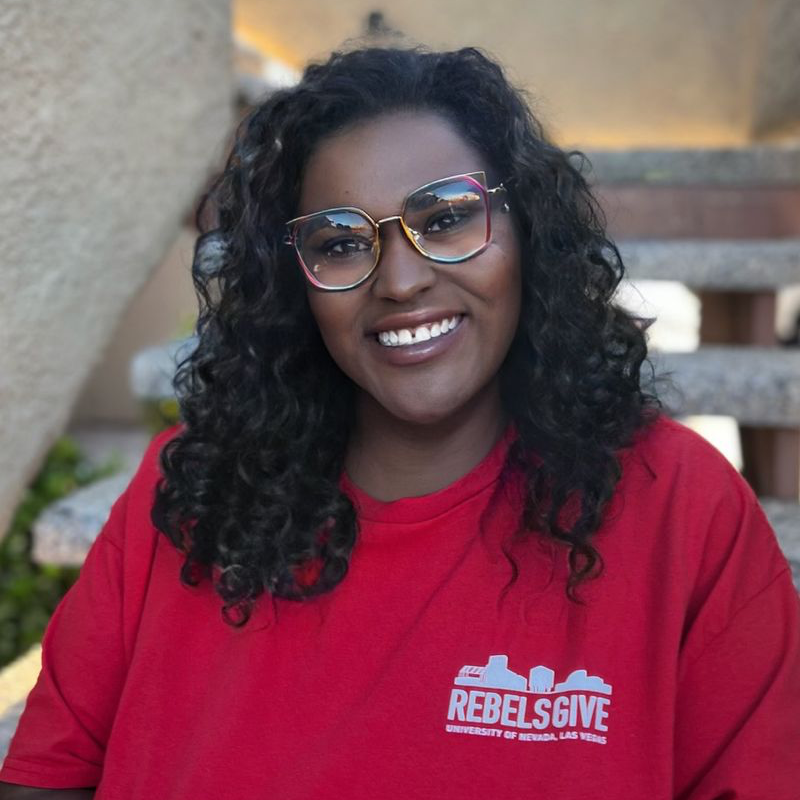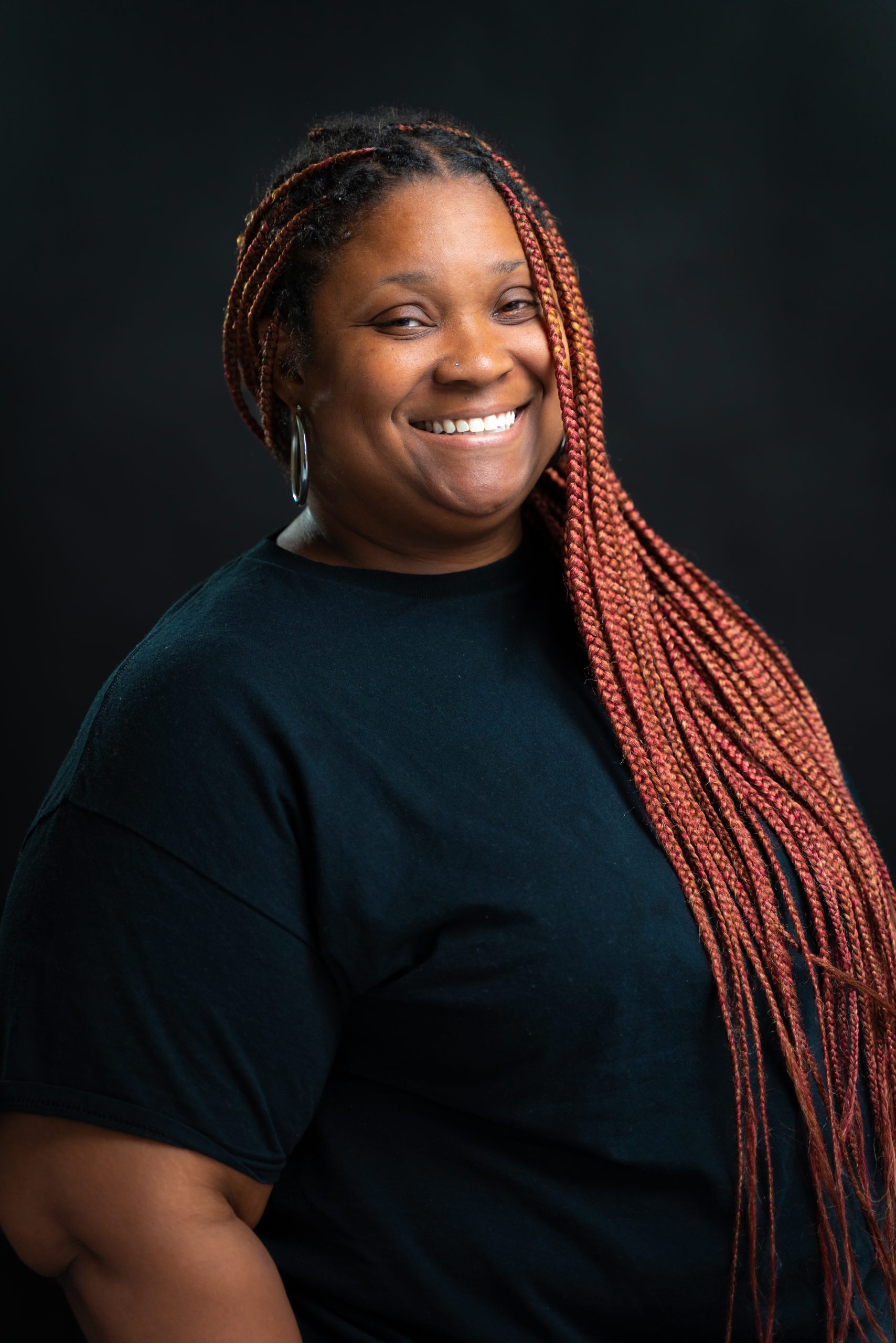
Lindsay Cassella
"Gabriella was 14 when her pregnant mother passed away, leaving her and her father to raise her newborn sister with their devastation in tow. With uncertainty ahead, they left their home in central Las Vegas to live with her aunt and uncle in the far suburbs of Henderson. There she began to succumb to the feelings of depression and hopelessness. Her extended family offered no support; they just called her crazy."
Lindsay Cassella
Swallowing Depression with No Chaser
Gabriella was 14 when her pregnant mother passed away, leaving her and her father to raise her newborn sister with their devastation in tow. With uncertainty ahead, they left their home in central Las Vegas to live with her aunt and uncle in the far suburbs of Henderson. There she began to succumb to the feelings of depression and hopelessness. Her extended family offered no support; they just called her crazy.
(Gabriella asked me not to use her real name or the names of her family members or other people who are part of her story, to protect her privacy.)
In 2012, two years after moving in, her aunt, her worst critic, kicked her out of their home at 16. Gabriella and her dad did not know what to do. So she went to live with her boyfriend, Austin. Austin’s roommate, Nick, who was in his late twenties, was infatuated with her and made her skin crawl.
Suddenly, sleepless nights accumulated. She began to experience lapses in her memory and was susceptible to coercion. One of the few incidents that survived her amnesia was when Nick pressured her into performing fellatio on him. Soon after, she was involuntarily committed to a psychiatric hospital. Gabriella peaked at her chart and saw psychosis written on it.
In the hospital, Gabriella was prescribed Zoloft—a selective serotonin reuptake inhibitor (SSRI) that controls your serotonin levels. Looking back, she doesn’t think that drug should’ve been doled out to a minor. Even though she took Zoloft as directed, she still found herself engulfed in another psychotic episode a year later, in 2013. When she was 18, she stopped taking Zoloft because she didn’t have insurance anymore.
Her last visit to an inpatient psychiatric care facility was in 2016 at 20 years old. She decided to admit herself because she noticed insomnia was taking hold of her once again. Years had passed, and she still couldn’t shake her depression. By her mid-twenties, she started taking Prozac — another SSRI — and stayed on it for a year. Prozac made her feel leveled out and allowed her to sleep, but she didn’t feel happy or sad, more like numb.
It is not uncommon for healthcare providers to prescribe different types of medications in hopes of finding one that works for their patients. But cycling on and off the pills takes time, and an SSRI that works for one person can cause intense side effects in another, worsen their symptoms, or not work at all.
Recently, she was prescribed Lexapro, and when she tried to walk back from the restroom at work, the walls around her started shifting as she grabbed onto them because she couldn’t stand. The prescribing psychiatrist told her to stop taking it immediately.
Today, Gabriella is 27, off of SSRIs, polite, well-dressed, energetic, and a little shy. She is always smiling and giggling when she is out and around people she feels comfortable with. But, her outward presentation doesn’t match the stereotypical idea of people with a mental disorder. That’s because the archetype our society has of people with anxiety, depression, OCD, PTSD, etc., isn’t representative of the people diagnosed with those disorders. Plenty of people get out of bed, brush their hair, and hold it together, smiling and laughing when they are at work. Then, when they clock out and get in their car, they unravel.
When she is at home, Gabriella’s lows feel increasingly low, and her anxiety makes mundane things challenging. But, one of the most difficult aspects of being depressed and anxious simultaneously is maintaining personal relationships.
“You want to go to the gym with me, but I can’t tell you I am sad??” is what she really wants to ask the people she works with at a medical office.
If you say, “Oh yeah, sorry I’ve been low” to a coworker, they “look at you like you’re a weirdo!” But, even worse, she laughs, they tell you to take Ashwagandha — an herbal supplement that is believed to help with anxiety or use essential oils. “I love essential oils!” she slams the table and starts laughing, but “they can’t cure everything!”
She admitted with a smirk she had been taking Ashwagandha anyway.
Antidepressants help her find a baseline, but she is paranoid about being dependent on them, so she gave the herbal remedy a try. Gabriella has been taking Ashwagandha for a month and is still depressed, but she does feel more relaxed.
What bothers her about all-natural approaches is not the approaches themselves but how much shame society attaches to taking SSRIs. The mind is an organ, too. She can take a pill to ease any other ailment, but everyone starts acting like they have an M.D. when she speaks openly about wanting to get back on antidepressants. When people find out she has been diagnosed with depression and anxiety disorders, they pass judgment. She is encouraged to “try harder,” “calm down,” and “get over it.” Or she is reassured that it is “All in her head.”
While we have come a long way from the scenes depicted in Season 2 of American Horror Story, where people put into asylums are left to die, there is still a negative connotation with taking antidepressants and being depressed at all. But genetics are about 50% of the reason why someone becomes depressed. No one chooses to be depressed, and anyone who has ever been depressed wishes they weren’t. Yet, it is frequently treated like a taboo pseudo-health condition.
There are ribbons, license plates, and merchandise for disorders and ailments, terminal and not, but there seems to be little compassion or support for people with mental health disorders. — despite the fact they affect a large portion of the population. Suicide, for instance, is the second leading cause of death among teenagers in the United States.
A 2023 Gallup report notes that 29% of adults in the United States have been diagnosed with depression at some point in their life. Gallup also reported that in 2020, 19% of adults worldwide were too anxious or depressed to engage in regular activities.
Mental health disorders can be as debilitating as physical ones. However, they are less tangible, mostly invisible, and since no clear-cut tests can determine your level of depression, people dismiss them. Mental illnesses are the Santa Clauses of sicknesses — we can’t believe them if we don’t see them.
Bianca McCall, a Licensed Marriage and Family Therapist (LMFT) who specializes in suicide prevention, highlights the phenomenon she calls existential isolation — the pervasive feeling of being alone in a crowded room. Because America has such an individualistic culture, it is hard to see ourselves in anyone else, and it’s hard for anyone else to relate to us.
When we focus on Nevada, a state that has historically had higher than normal suicide rates, we notice it is an isolated state in an individualistic society. We have a lot of people living on isolation “islands.” McCall explains that 70% of our state is rural, and all of our cities are far away from each other. This is why we have a greater prevalence of mental health disorders here. According to KFF’s data, 38% of Nevadans experienced anxiety and or depression symptoms in 2023. In 2017, the World Health Organization reported that 4.2% of people in Japan had a depressive disorder, and 3.1% of the population had an anxiety disorder. In the United States, 5.9% of the population had a depressive disorder, and 6.3% of people had an anxiety disorder. McCall compares America to the more collective culture of Japan. There, you cannot go into McDonald’s and sub your soda with a milkshake. You cannot make a #3 combo meal fit your specific cravings. Your plate will look the same as everyone else who orders a #3. In Japan, the people around you are a reflection of yourself.
“There is strength in connectedness,” McCall says.
McCall says now, with more subcultures developing, it helps mental health specialists see more communities that need help, but it does make it easier for people to feel isolated. With people asserting their identity through their own word choices, therapists and advocates have to make sure they can resonate with everyone’s individualism.
If you put yourself into a small enough box you might be missing out on connecting with people that do share a part of your collective identity in broader terms. While you may not think someone from Las Vegas and Reno would have something in common, when you zoom out your lens, you will notice they are both Nevadans, which can be a step towards a more collective culture.
McCall believes the challenge for mental health providers becomes figuring out how to bridge the gap and foster connection when everyone is so disconnected. We need to sail away from these isolation islands. Instead of feeling like we cannot understand Gabriella’s experience, we can think about the times we were scared, exhausted, numb, or inconsolable. Then, we can imagine what it would be like to live like that every day for the last 14 years. Yeah, that sounds like it would suck.
Even if we have never had a panic attack, we can at least imagine the scariest thing that has ever happened to us and then pair that with a persuasive sense of imminent death. That sounds terrifying. We don’t have to walk in someone’s shoes or bear the same crosses to cultivate empathy. And, in the case of Gabriella, we certainly do not have to deny her condition’s legitimacy or downplay the severity of it. All we have to do is accept she is a human who is not 100% perfectly fine, happy, and healthy all the time, and we can notice she is just like us, and hopefully, Gabriella won’t feel so alone.
At the very least, we should be prioritizing compassion; having anxiety or a depressive disorder isn’t fixed by “smiling more” or “not thinking about it,” and it isn’t a death sentence where the fine is eternal misery either. As with physical ailments, you can have good days and bad days. A mental disorder can flair up and go into remission, too.
Gabriella knows all the things she should do and has to do but ends up sitting in bed watching YouTube videos. It is a constant battle she has with herself. She is mad and irritable all the time, and the things her depression doesn’t make difficult to do, her anxiety does, like driving and going to the store. She has been sleeping at her boyfriend’s house instead of her dad’s recently because his apartment is closer to her job.
Her boyfriend of five years will try to encourage her to come work out, but “It’s hard to get up and do the right thing,” she says. Constantly battling with her thoughts leaves her feeling isolated, which exasperates her feelings of depression. She has been in and out of therapy, with time constraints and insurance changes, it makes it hard to be consistent.
Existing is hard for all of us, especially when you’re constantly swallowing your depression with no chaser. “I’m tired all of the time,” Gabriella says. But, she continues, “You get branded as lazy because there’s physically nothing wrong with you.”
EXPLORE MORE STORIES
Bisa Welch

Stephanie Moore

Zillah Wesley

